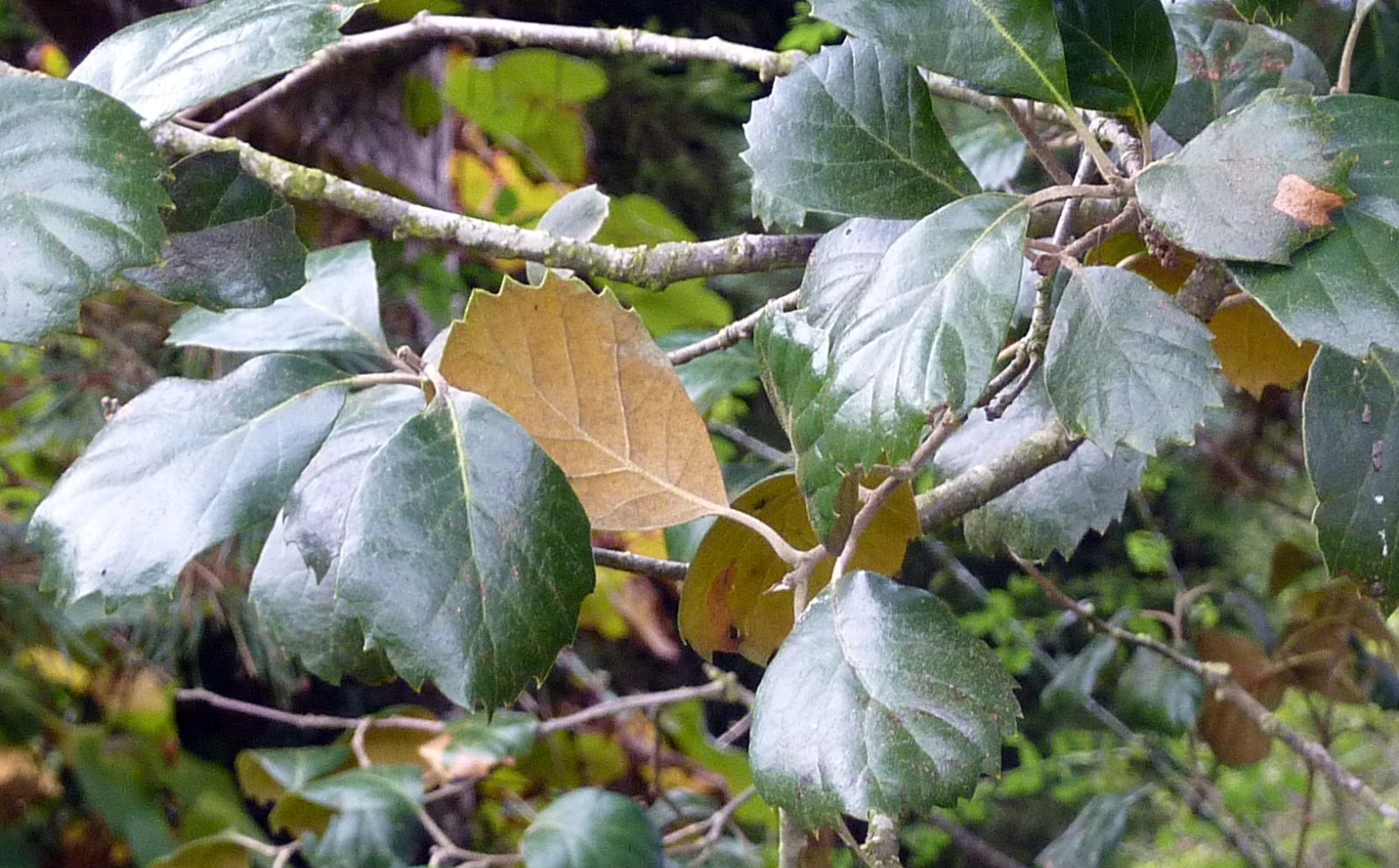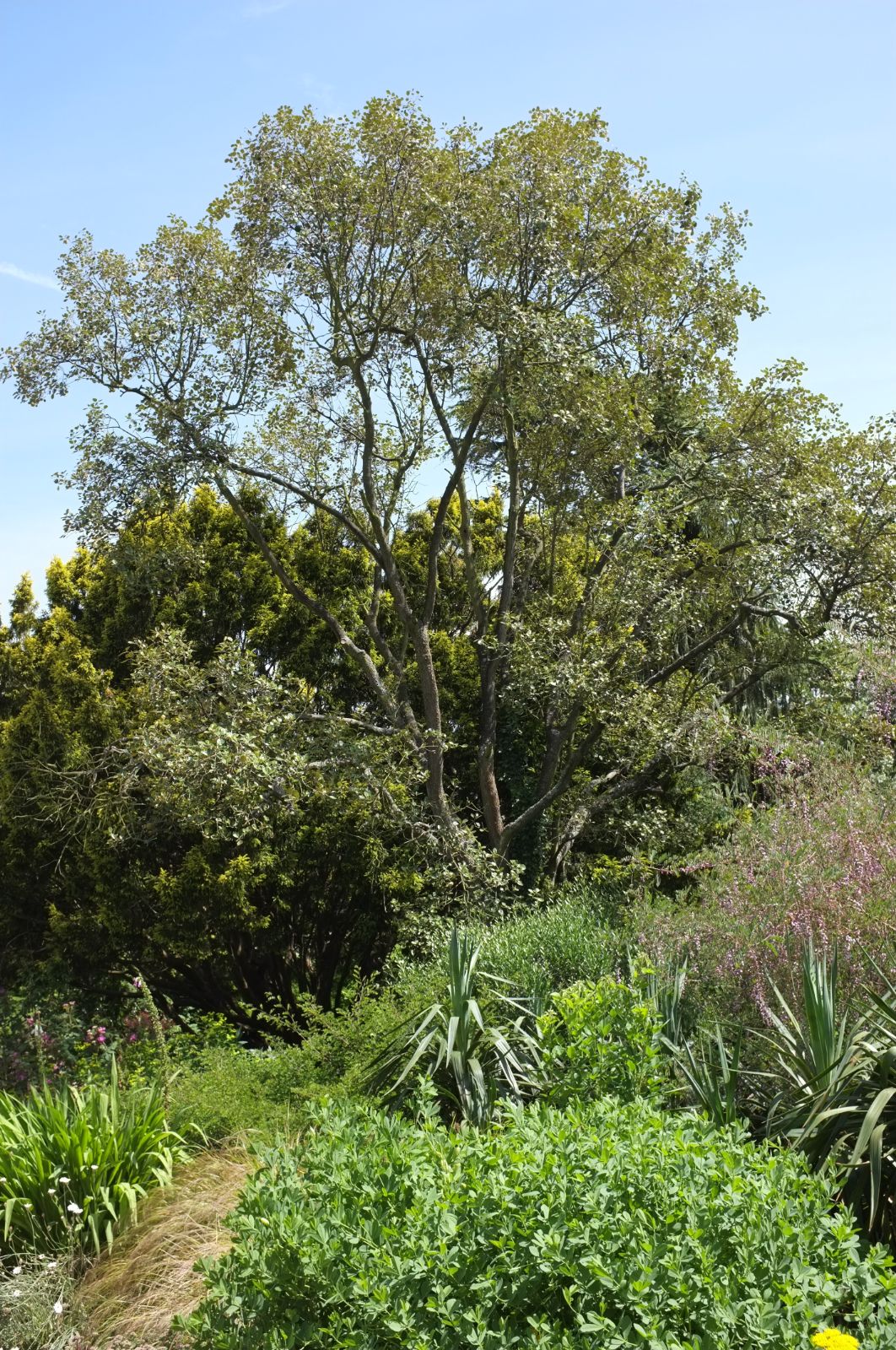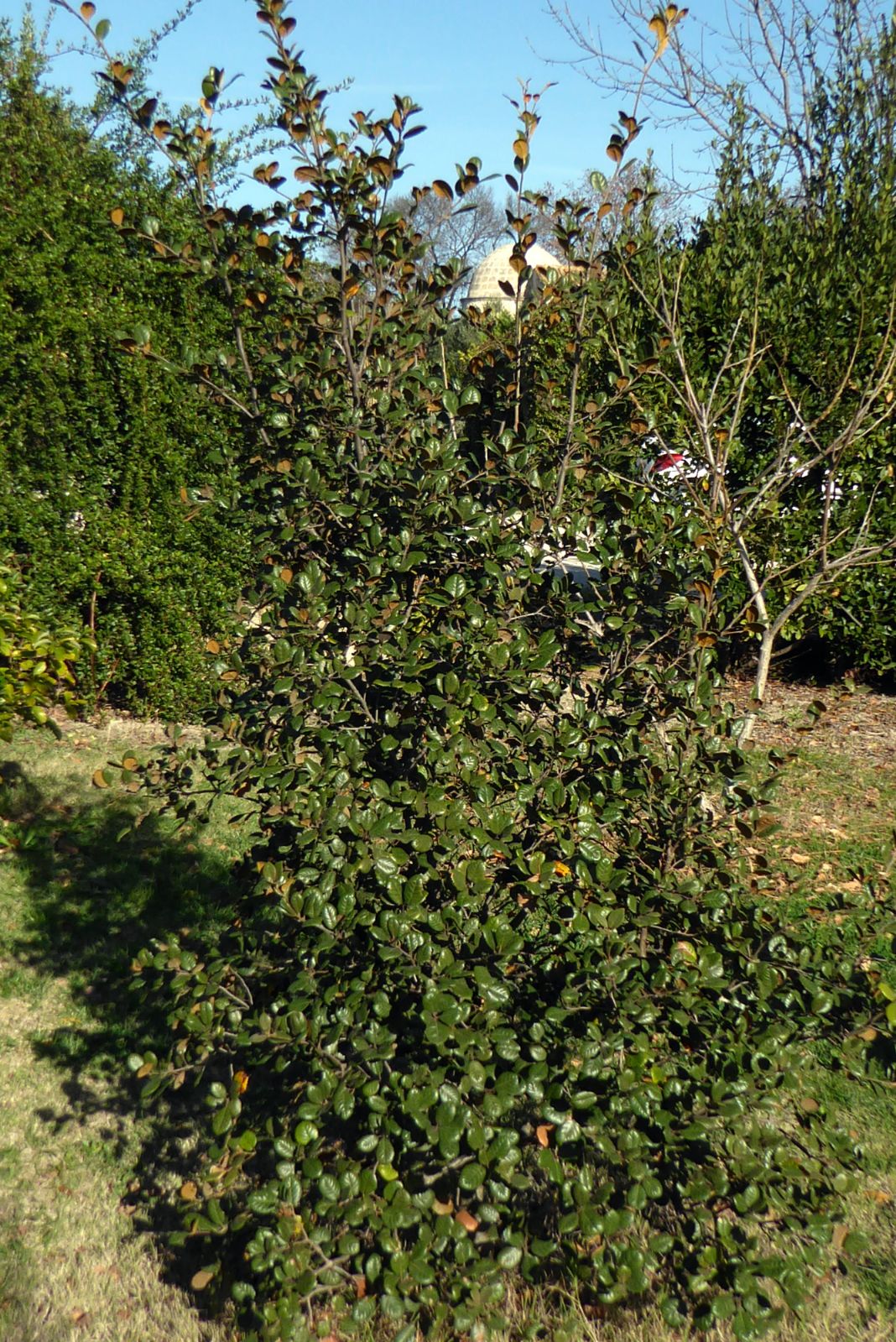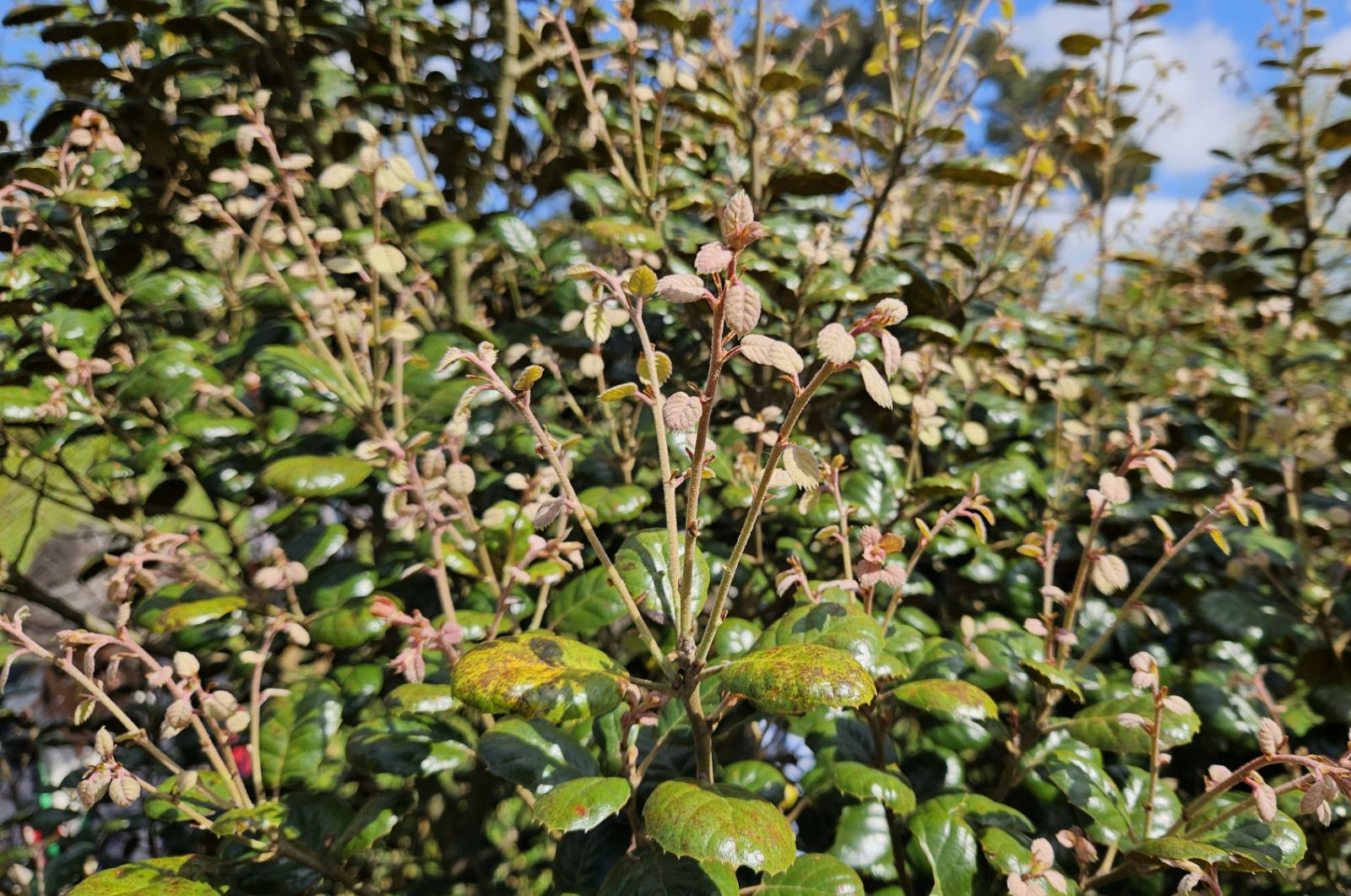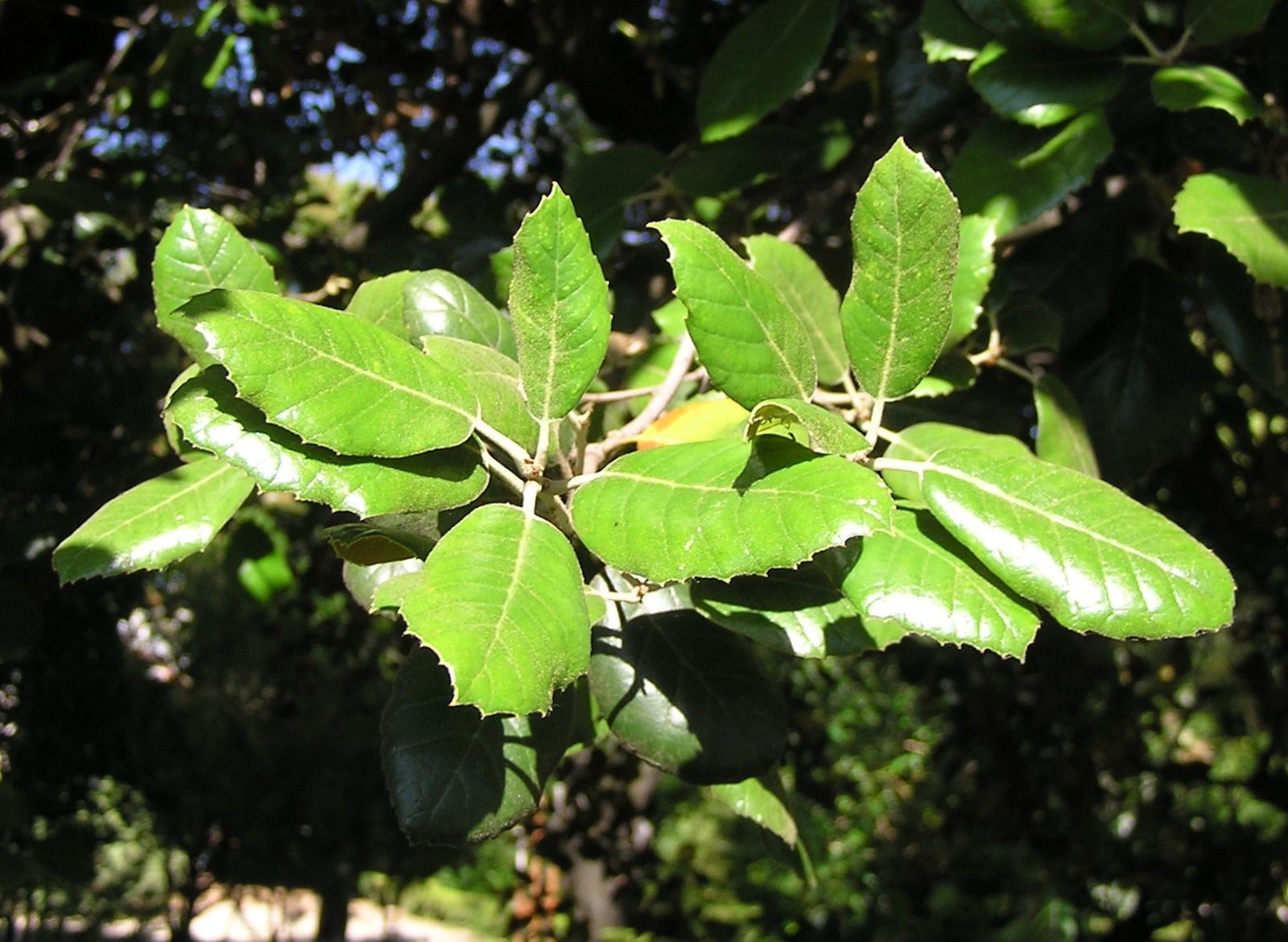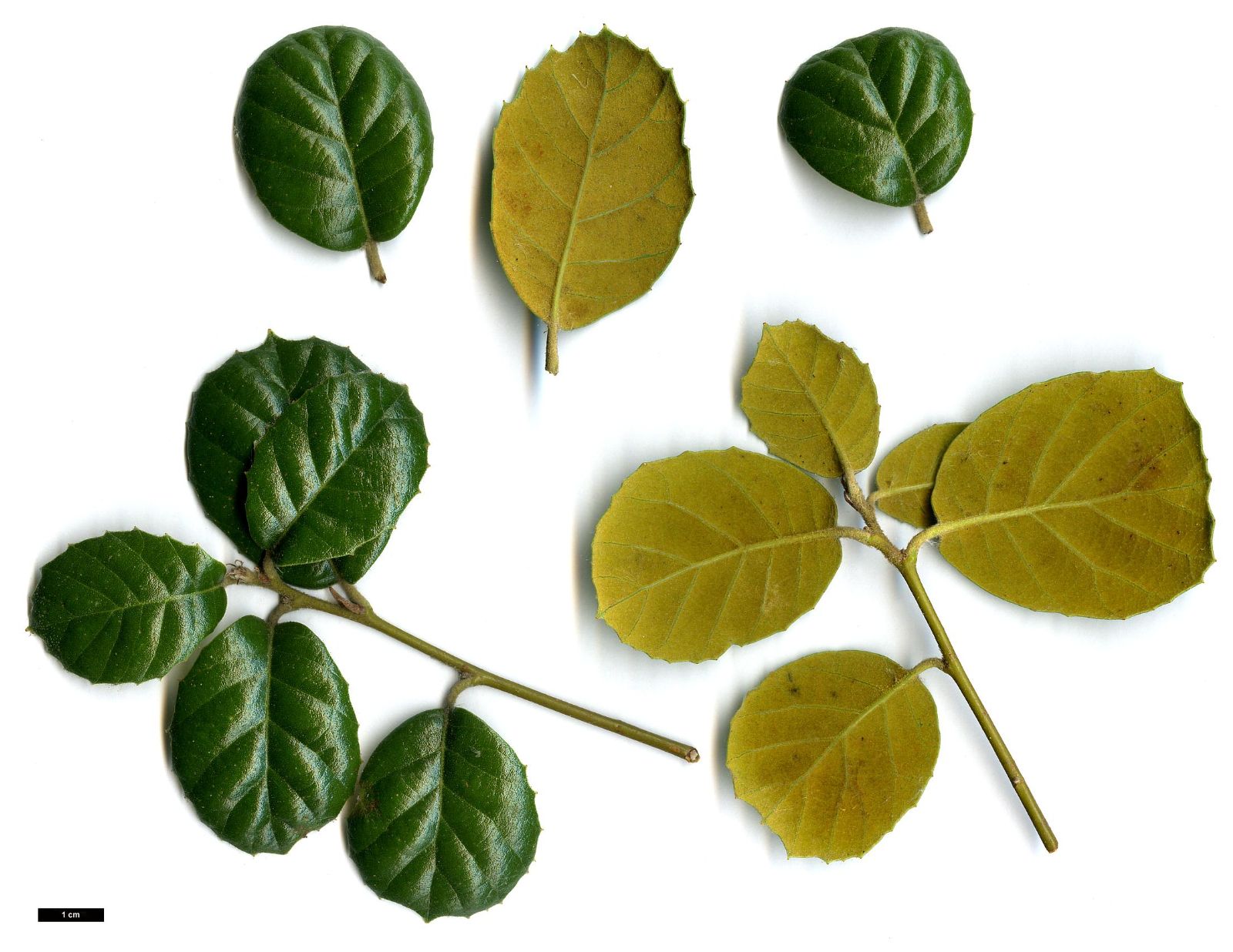Quercus alnifolia
Sponsor
Kindly sponsored by
The Trees and Shrubs Online Oak Consortium
Credits
Allen Coombes & Roderick Cameron (2021)
Recommended citation
Coombes, A. & Cameron, R. (2021), 'Quercus alnifolia' from the website Trees and Shrubs Online (treesandshrubsonline.
Genus
- Quercus
- Subgen. Cerris, Sect. Ilex
Common Names
- Golden Oak of Cyprus
- λατζιά (latzia)
- λακια (lakia)
Synonyms
- Quercus cypria Jaub. & Spach
Other taxa in genus
- Quercus acerifolia
- Quercus acherdophylla
- Quercus acrodonta
- Quercus acuta
- Quercus acutifolia
- Quercus acutissima
- Quercus afares
- Quercus affinis
- Quercus agrifolia
- Quercus alba
- Quercus aliena
- Quercus aquifolioides
- Quercus arizonica
- Quercus arkansana
- Quercus aucheri
- Quercus augustini
- Quercus austrina
- Quercus × auzendei
- Quercus baloot
- Quercus bambusifolia
- Quercus baronii
- Quercus bicolor
- Quercus brantii
- Quercus buckleyi
- Quercus canariensis
- Quercus canbyi
- Quercus candicans
- Quercus castanea
- Quercus castaneifolia
- Quercus cerris
- Quercus chenii
- Quercus chrysolepis
- Quercus coccifera
- Quercus cocciferoides
- Quercus coccinea
- Quercus conspersa
- Quercus crassifolia
- Quercus crassipes
- Quercus delavayi
- Quercus dentata
- Quercus deserticola
- Quercus dolicholepis
- Quercus douglasii
- Quercus dumosa
- Quercus durifolia
- Quercus eduardii
- Quercus ellipsoidalis
- Quercus emoryi
- Quercus engelmannii
- Quercus engleriana
- Quercus euboica
- Quercus eugeniifolia
- Quercus fabri
- Quercus faginea
- Quercus falcata
- Quercus floribunda
- Quercus frainetto
- Quercus franchetii
- Quercus fruticosa
- Quercus fusiformis
- Quercus gambelii
- Quercus garryana
- Quercus geminata
- Quercus georgiana
- Quercus germana
- Quercus gilliana
- Quercus gilva
- Quercus glabrescens
- Quercus glauca
- Quercus graciliformis
- Quercus gravesii
- Quercus griffithii
- Quercus grisea
- Quercus guyavifolia
- Quercus hartwissiana
- Quercus hemisphaerica
- Quercus × hispanica
- Quercus hondae
- Quercus hypargyrea
- Quercus hypoleucoides
- Quercus ilex
- Quercus ilicifolia
- Quercus imbricaria
- Quercus incana
- Quercus infectoria
- Quercus insignis
- Quercus ithaburensis
- Quercus kelloggii
- Quercus × kewensis
- Quercus kiukiangensis
- Quercus laceyi
- Quercus laevis
- Quercus lamellosa
- Quercus lanata
- Quercus lancifolia
- Quercus laurifolia
- Quercus laurina
- Quercus × leana
- Quercus leucotrichophora
- Quercus × libanerris
- Quercus libani
- Quercus lobata
- Quercus lobbii
- Quercus lodicosa
- Quercus longinux
- Quercus longispica
- Quercus look
- Quercus × ludoviciana
- Quercus macranthera
- Quercus macrocalyx
- Quercus macrocarpa
- Quercus macrolepis
- Quercus marilandica
- Quercus mexicana
- Quercus michauxii
- Quercus mongolica
- Quercus monimotricha
- Quercus montana
- Quercus morii
- Quercus muehlenbergii
- Quercus myrsinifolia
- Quercus myrtifolia
- Quercus nigra
- Quercus × numidica
- Quercus oblongifolia
- Quercus obtusata
- Quercus oglethorpensis
- Quercus oxyodon
- Quercus pagoda
- Quercus palmeri
- Quercus palustris
- Quercus pannosa
- Quercus parvula
- Quercus petraea
- Quercus phellos
- Quercus phillyreoides
- Quercus planipocula
- Quercus poilanei
- Quercus polymorpha
- Quercus pontica
- Quercus prinoides
- Quercus pubescens
- Quercus pyrenaica
- Quercus rehderiana
- Quercus reticulata
- Quercus robur
- Quercus rotundifolia
- Quercus rubra
- Quercus rugosa
- Quercus rysophylla
- Quercus sadleriana
- Quercus salicina
- Quercus sartorii
- Quercus × schneideri
- Quercus schottkyana
- Quercus semecarpifolia
- Quercus senescens
- Quercus serrata
- Quercus sessilifolia
- Quercus setulosa
- Quercus shumardii
- Quercus sinuata
- Quercus spinosa
- Quercus stellata
- Quercus stenophylloides
- Quercus suber
- Quercus subspathulata
- Quercus tarokoensis
- Quercus tatakaensis
- Quercus texana
- Quercus tomentella
- Quercus trojana
- Quercus tungmaiensis
- Quercus turbinella
- Quercus × turneri
- Quercus undulata
- Quercus utahensis
- Quercus utilis
- Quercus uxoris
- Quercus variabilis
- Quercus velutina
- Quercus virginiana
- Quercus vulcanica
- Quercus warburgii
- Quercus wislizenii
- Quercus xalapensis
Tree often branching low down or shrub to 10 m, up to 1.5 m dbh in the wild. Bark smooth and grey on young trees becoming cracked and fissured with age. Young shoots densely covered in yellowish grey hairs when young, becoming nearly glabrous. Leaves evergreen, rigid and leathery in texture, usually convex, covered in yellowish grey hairs when young, becoming glossy dark green above, with a dense yellow felt-like tomentum beneath, rounded to broadly elliptic or obovate, 2–6 cm long and broad, rounded or bluntly pointed at the tip, rounded to slightly cordate and often oblique at the base, with 4–8 pairs of lateral veins, the margin edged with small teeth or sometimes entire. Petiole tomentose, to 1.2 cm long. Fruits sessile, the cup hemispherical, to 2.5 cm diameter, covered in slender scales, the lower adpressed, the upper spreading to reflexed. Acorns truncheon-shaped, broadest and pointed at the tip, 1.5–3.5 × 1–1.5 cm, one sixth to one quarter enclosed in the cupule. Flowering May, fruiting October (Cyprus). (Jablonski 2013).
Distribution Cyprus Troödos Mountains
Habitat Dry, rocky mountain slopes in Pinus brutia forest, 300–1800 m asl. in association with Cedrus brevifolia, Arbutus andrachne, and Acer sempervirens. Occurs only on ultra-basic rock formations.
USDA Hardiness Zone 7a
RHS Hardiness Rating H4
Conservation status Least concern (LC)
Taxonomic note Q. alnifolia var. argentea Hadjik. & Hand was described in 2005 and applied to a number of small groups of plants in Cyprus. Leaves flattish with slightly revolute margins and a silvery-tomentose lower surface. Jablonski (2013) suggests that as the leaves of the species are quite variable, it may not be worth maintaining as a variety. It is considered a synonym by Govaerts et al. (2020). Not known to be in cultivation.
The species was introduced to Kew in 1885, where it proved perfectly hardy but slow-growing. The peculiar attraction of this oak is the yellow undersurface of its leaves, but out-of-doors in England this colour is only slightly developed, and the undersurface is really greyish. But on the young leaves of a plant grown in a cool greenhouse at Kew the yellow was as markedly developed as in Chrysolepis chrysophylla (Bean 1976).
The plant at Kew mentioned by Bean had to be removed when the Temperate House was renovated, but the species was reintroduced to the collection in 1977 by Fliegner and Simmons. In view of the difficulty in obtaining good seed of this interesting oak, it is worth noting that an old plant at Borde Hill in Sussex is grafted on Q. cerris (Grimshaw & Bayton 2009). A specimen mentioned in Bean at East Bergholt Place, as the largest specimen in Britain, measured 8 m × 38 cm dbh in 2016. At Marwood Hill in Devon a tree was 10 m × 22 cm dbh in 2019 (The Tree Register 2020). At Sir Harold Hillier Gardens a Q. alnifolia has reached 10.8 m × 30.8 cm at 0.2 m in 2020 (B. Clarke pers. comm.), while a specimen at Buckingham Palace measured 7 m × 12 cm in 2020 (M. Lane, pers. comm.).
Jablonski (2013b) mentions semi-evergreen plants hardy in the Black Forest, Germany, where temperatures can reach below –20 °C. It is not common in the USA but is grown at Washington Park Arboretum (University of Washington Botanic Gardens 2020).
Oldfield & Eastwood (2007) listed the species as Vulnerable, citing habitat degradation by fire, grazing, wood cutting, and development as threats. However, IUCN currently lists Q. alnifolia as Least Concern: though habitat degradation by fire is the primary current threat, the tree resprouts freely following fire, and the majority of the distribution is protected as State Forest Land (Gorener & Beech 2017).
Drummond initially described the species in 1754 as a member of the genus Alnus (alders), hence the epithet (le Hardÿ de Beaulieu & Lamant 2010). The vernacular name in Cyprus, λατζιά (latzia) derives from Υλάτης (Hylates), an epithet attributed by the ancient Cypriots to the Greek god Apollo, Apollo Hylates, i.e., ‘Apollo who lives in the forest’, from ὕλη (hyle) = ‘forest’ (Hand 2006).

